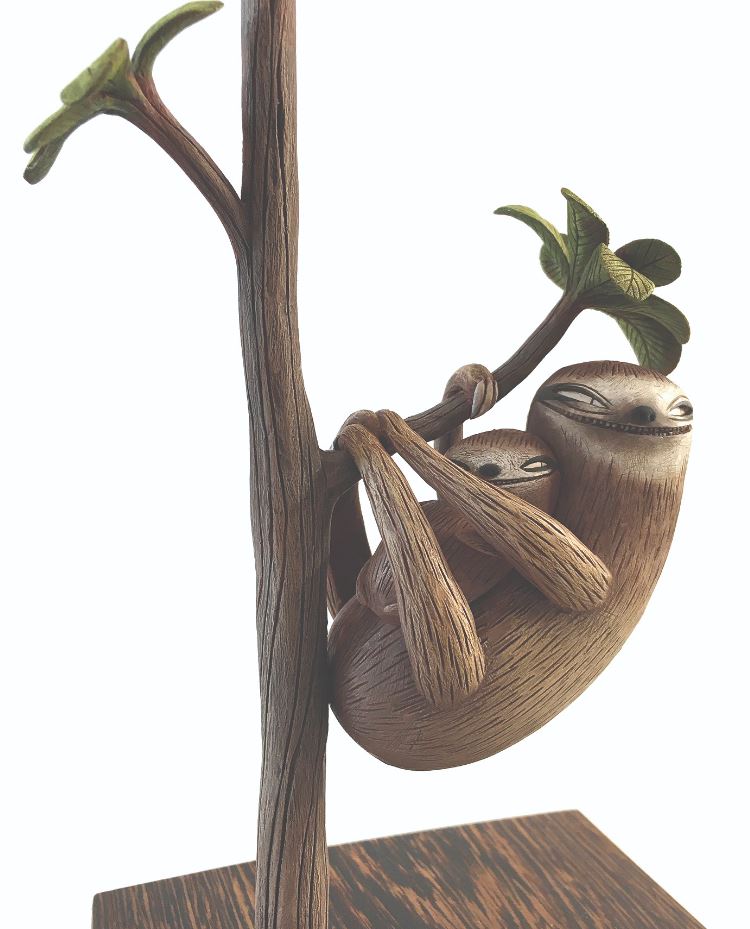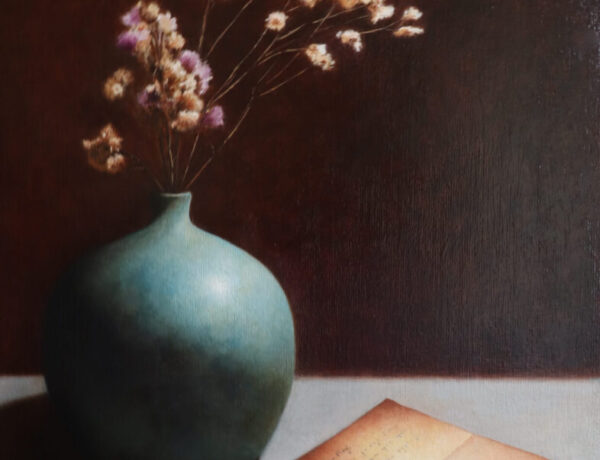The Quick Q & A editorial in Beautiful Bizarre Magazine is a much loved regular feature, in which we ask 6 artists the same 4 questions. In the March 2022 Issue 36, these were the Quick Q & A questions:
- How do you respond to criticism, and does it influence your future work?
- With the move to more online exhibitions, what role do physical galleries have in the arts going forward?
- If you had unlimited resources what would you do to further your art career?
- How does your work reflect you as an individual?
We feel that the artists’ responses provide such a valuable insight for our community of artists that we wanted to share one Quick Q & A response from each issue with you, going forward. The March 2022 Issue 36 print issue is sold out, but you can download the digital magazine via our webstore to read more. To ensure you never miss an issue again, you can also subscribe to Beautiful Bizarre Magazine, and have each issue sent straight to your door each quarter.
Excerpt from Issue 36 // March 2022 Quick Q & A editorial: Artists Jisu [Digital Art Award Winner, 2021 Beautiful Bizarre Art Prize], Jenny Orchard, Lexi Laine [Photography Award Winner, 2020 Beautiful Bizarre Art Prize], Colleen Southwell, øjeRum, and Kim Slate respond to the below Quick Q & A:
With the move to more online exhibitions, what role do physical galleries have in the arts going forward?

“There’s a time and place for everything. I don’t believe it’s a matter of this or that – both can exist. Traditional galleries have had their place and will continue to have their place. Digital galleries are relatively new, and as a kid who grew up in digital spaces it’s exciting to see how they will evolve. There are already hybrids of digital and physical, for example physical NFT art galleries. For me, personally, the experience of physically stepping into a space and immersing yourself is also indispensable. VR technology at the moment can only do so much to replicate that, and the physical sensation of walking around and locking your eyes on something in observation is truly something special.”
“Like physical touch between people, animals, trees and the sea, physicality is vital to human experience, and no less so for the arts. Physical galleries and their spaces are the soul of art, experiencing work in the real world, in real time, is a different experience to the digital. Online interaction leads us to the physical, it cannot possibly replace visceral, haptic experience, or qualia in the vital human cultural experience. Sharing our experience of art and the rituals and communications around it, from gallery openings and time spent in intimate contact with works is enriching, through the gallery system we can meet the artist in person and have an opportunity to form a deeper relationship with the work.”
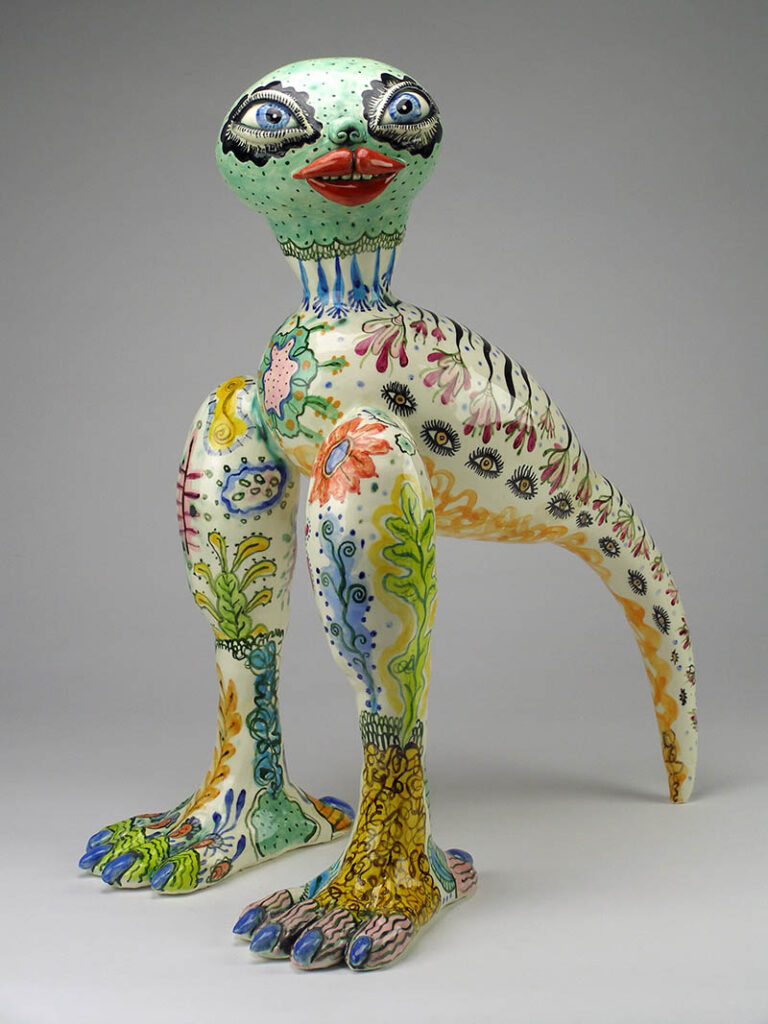
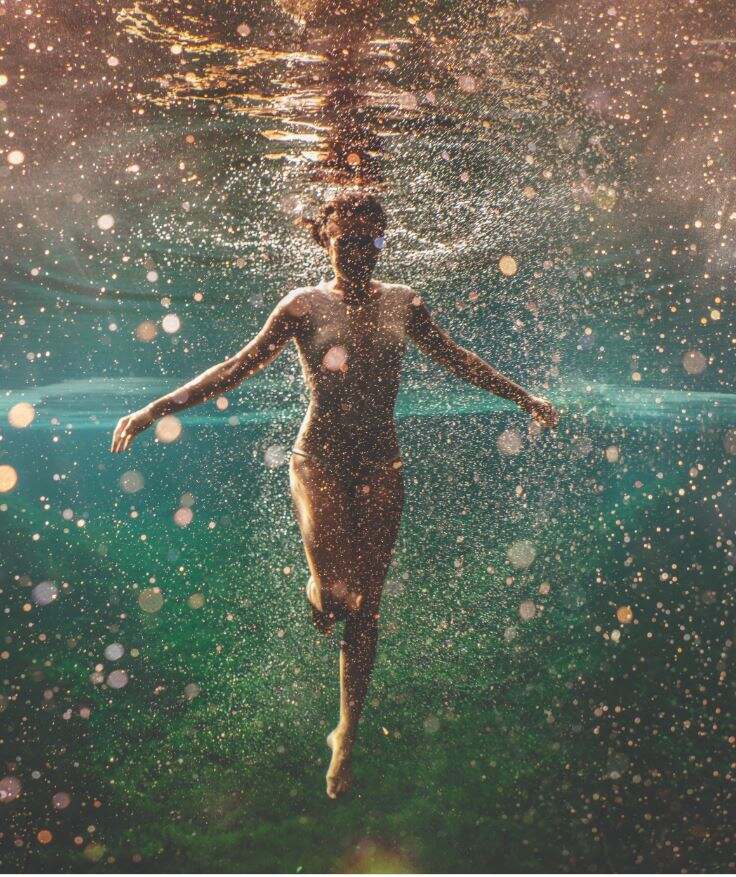
“With a shift towards virtual exhibitions over the last couple of years due to COVID, and a new trend in selling digital assets in the form of NFTs, the art world is evolving. I think it’s an exciting time to be an artist, with so many different avenues for showing our work. With that being said, exhibiting my art physically will always be important to me and I’m sure most other artists. I love displaying my photography on the scale that I intend it to be seen at, which with a lot of my pieces is large. So, for this reason, and others, I think galleries will always have an important role in the art world.”
“Undoubtedly online exhibitions and platforms play an exciting role in taking art and artists to a broader audience – they’ve been instrumental in introducing my work internationally. Physical galleries, though, offer an opportunity for the viewer to engage personally with the artist and the work, to observe it closely and see the marks of the maker. My own work is so finely detailed and layered. The play of shadow is such an important transient element that it can really only be fully understood when viewed in person. Physical galleries and in-person engagement in any form allow the art and the viewer to communicate in a way that cannot be achieved online.”

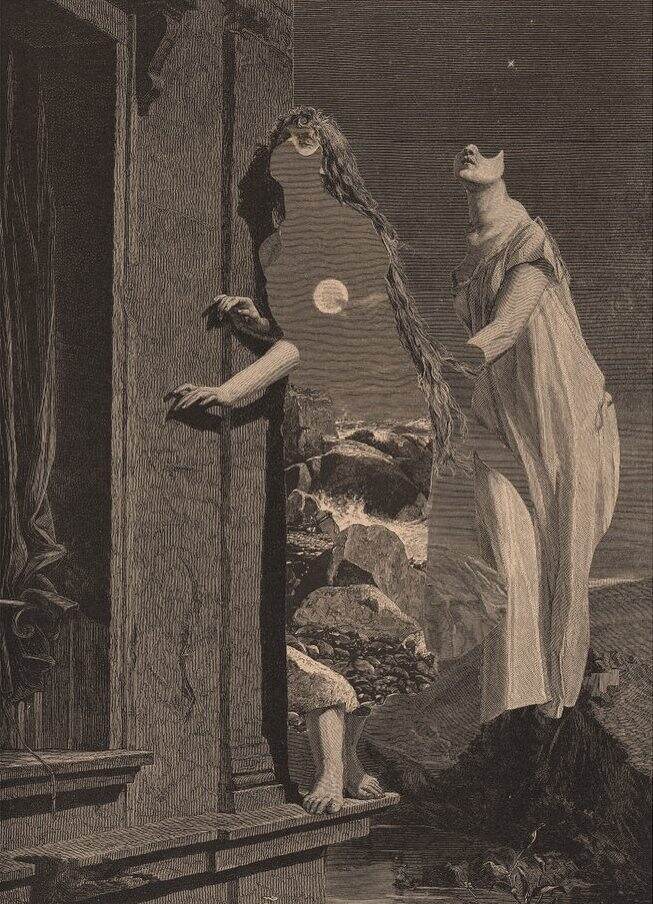
“My collages are all hand cut and made with mostly very old, antique papers. The tactile and physical qualities can get a bit lost on a screen. I still participate in physical exhibitions so people can get a closer look at the old papers and see the cuts and imperfections. In a world with an ever increasing abundance of digital images, the role of galleries might be to select and limit the number of works in order to help people appreciate and value individual artworks in real life. I also think it’s important to keep galleries and shops in general – as opposed to online sites – as a way of keeping an open community and a physical space for communication and contact with other human beings.”
“Virtual exhibitions are a wonderful way to make the arts accessible to anyone anywhere. However, I feel that there is really no substitute for experiencing an artwork in person. I think this is especially true of three dimensional work. It is difficult to capture the essence of a piece in photographs; I have always struggled with that. It’s so much better to be able to inspect the work up close and from different angles, see the brushstrokes and get a sense of the artist’s process. This is pretty difficult to do when looking at a piece online. In a world where many people are staring at screens all day, I imagine that going out to see a gallery show in person will always be appealing.”
